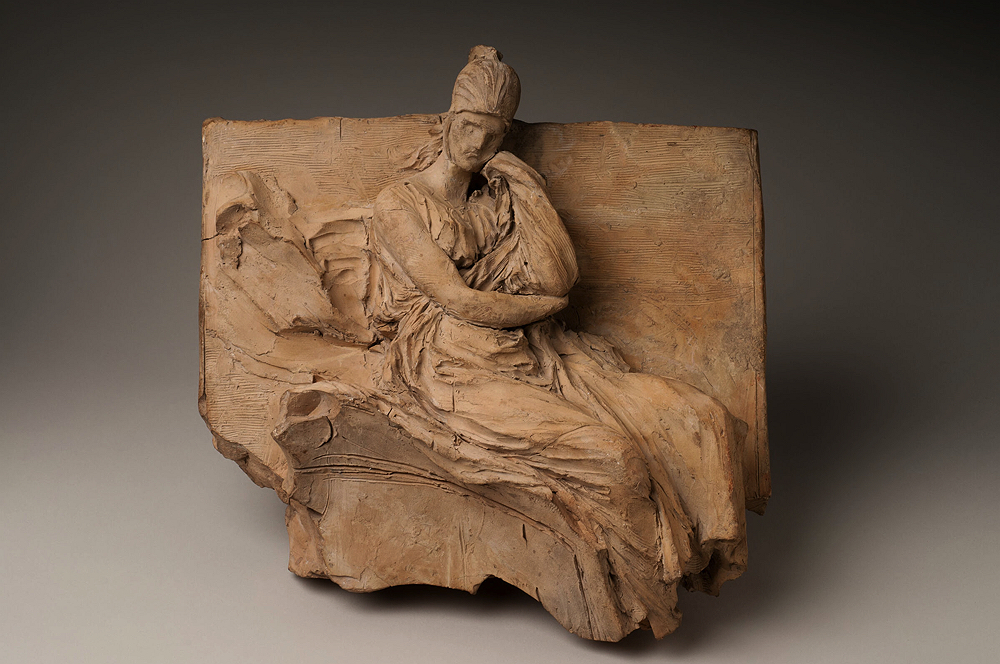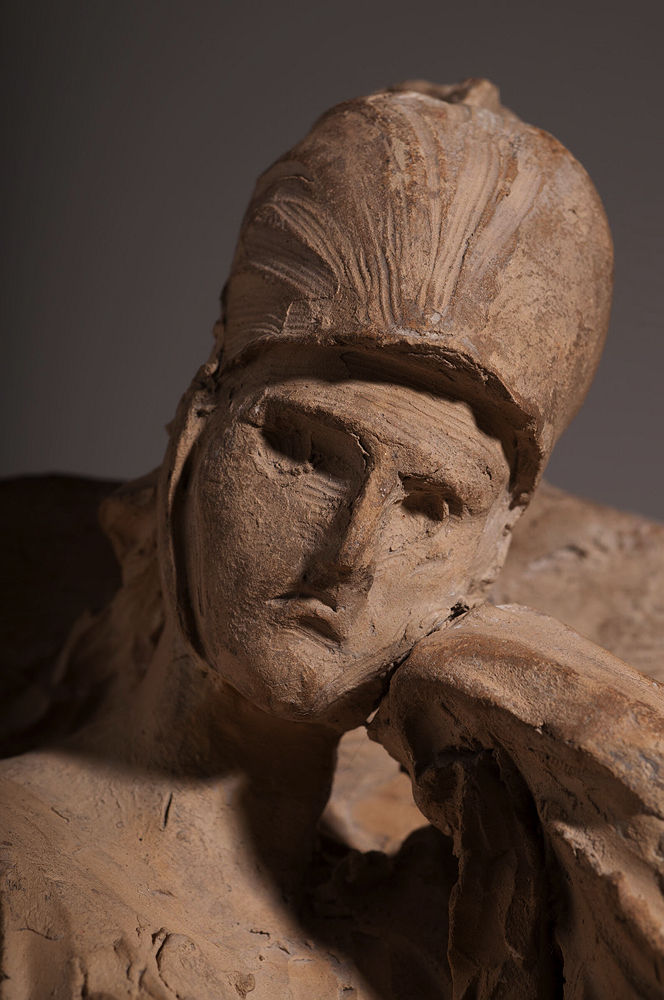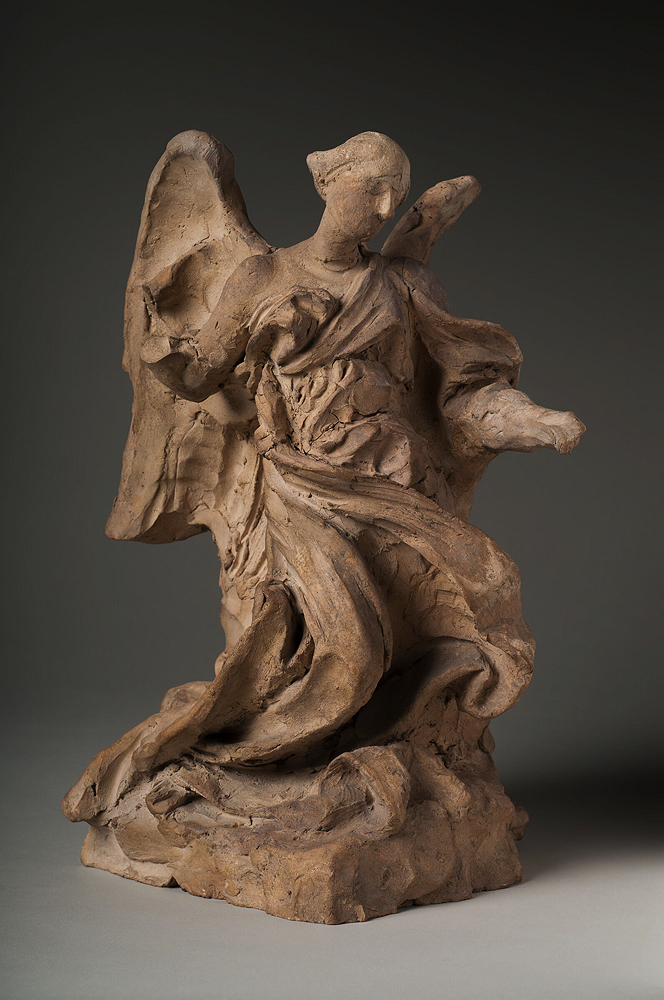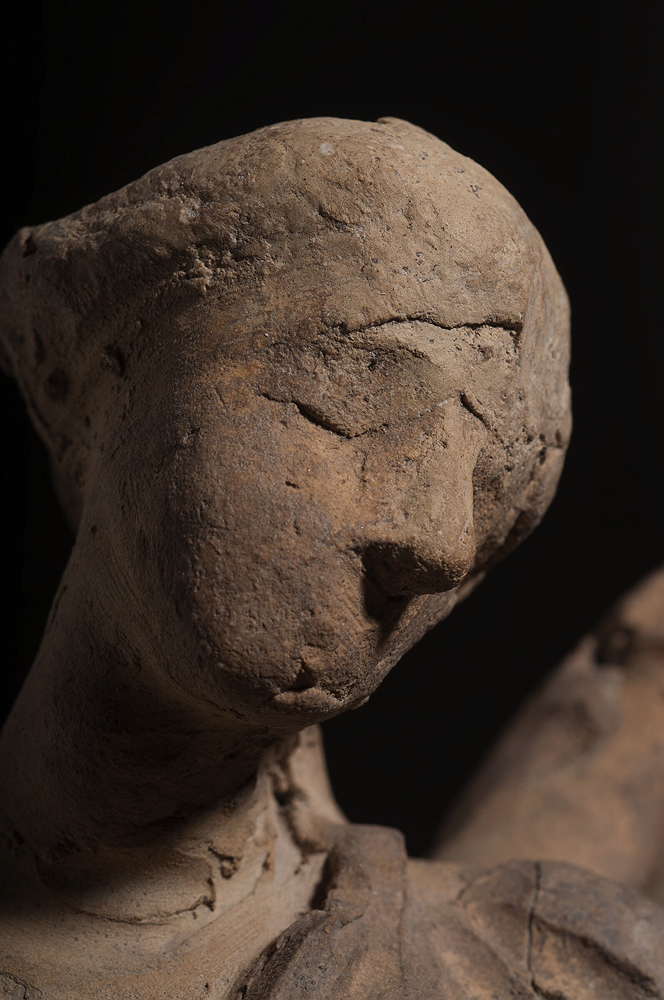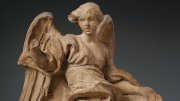Before the Baroque sculptor Gian Lorenzo Bernini crafted the angels of gilded bronze that flank the Altar of the Blessed Sacrament in Saint Peter’s Basilica, he made at least five terracotta models. They stand at about a foot tall, and unlike the larger finished works, bear signs of the artistic process: marked by tools, fingernails, fingerprints. “Bernini was someone who thought and planned and designed with his hands in clay,” says Anthony Sigel, a former conservator at the Harvard Art Museums’ Straus Center for Conservation and Technical Studies and an expert on these models. Thoughout Bernini’s career, spanning seven decades of the seventeenth century, he likely made thousands of similar maquettes. Of the 40 to 50 that survive, 13 are on display at the museums—the largest such collection in the world.
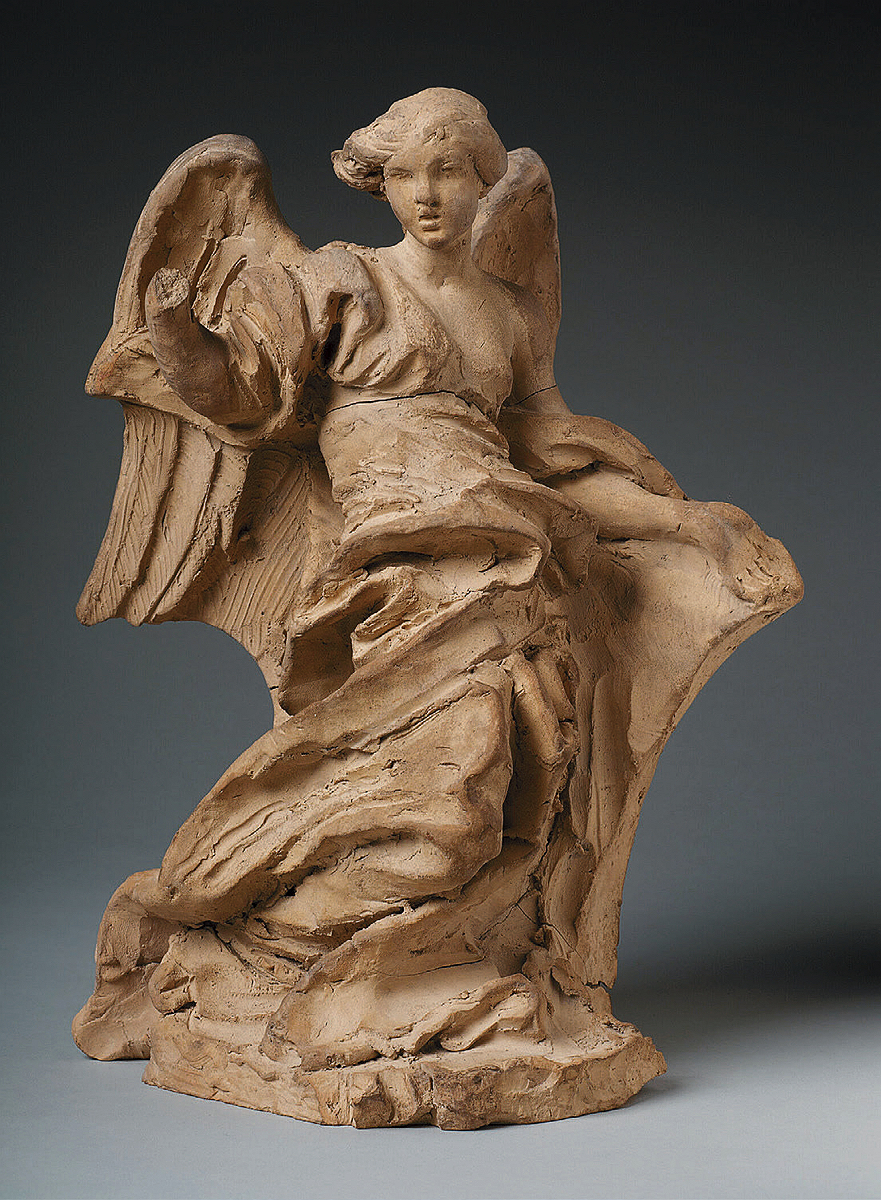
The models offer a glimpse into Bernini’s techniques, thought processes, and character. The artist’s immense popularity, during his lifetime and since, stems in part from his depictions of emotion, sensuality, and the intersection of the two: how the body reflects love and ecstasy and torment. For centuries, viewers marveled at his ability to capture such expression in marble and bronze. Sigel’s scholarship revealed the extent to which Bernini used clay to sculpt with speed and spontaneity before working in these more painstaking media.
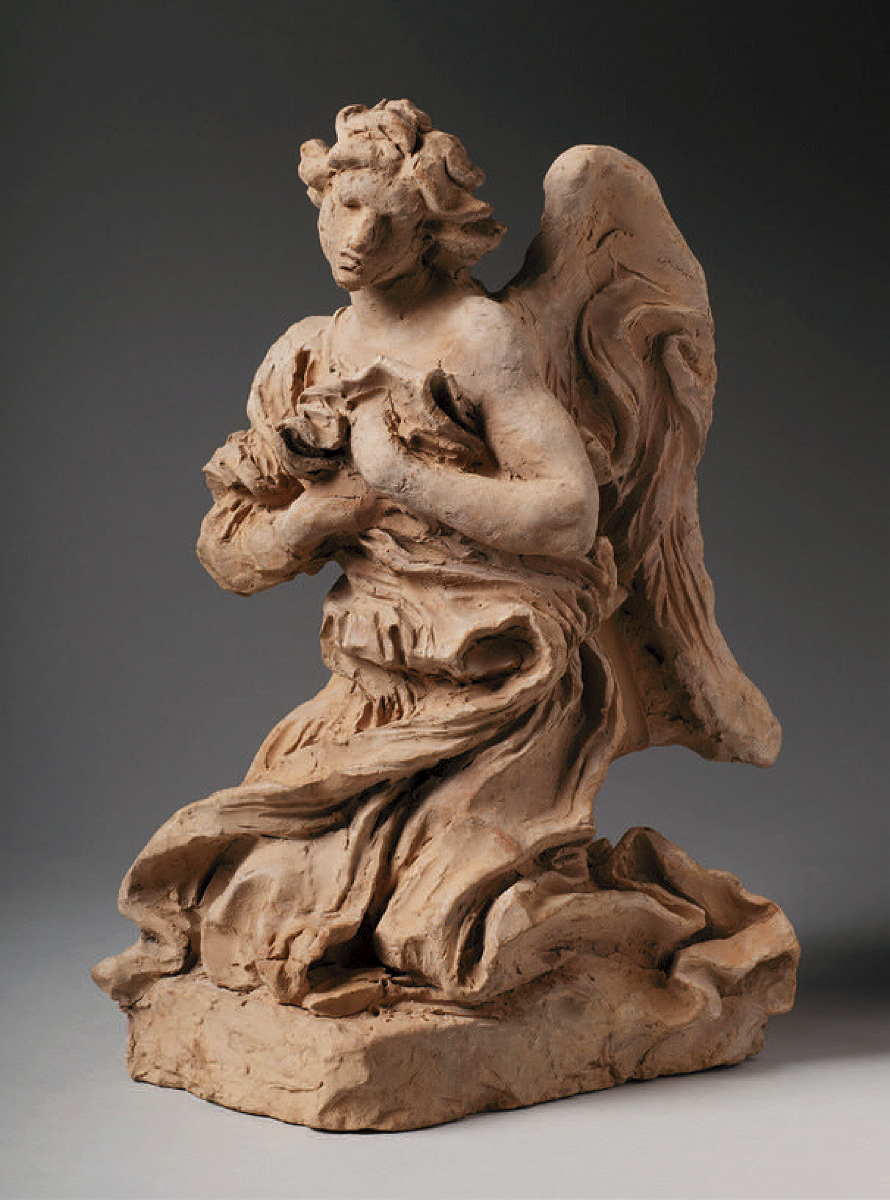
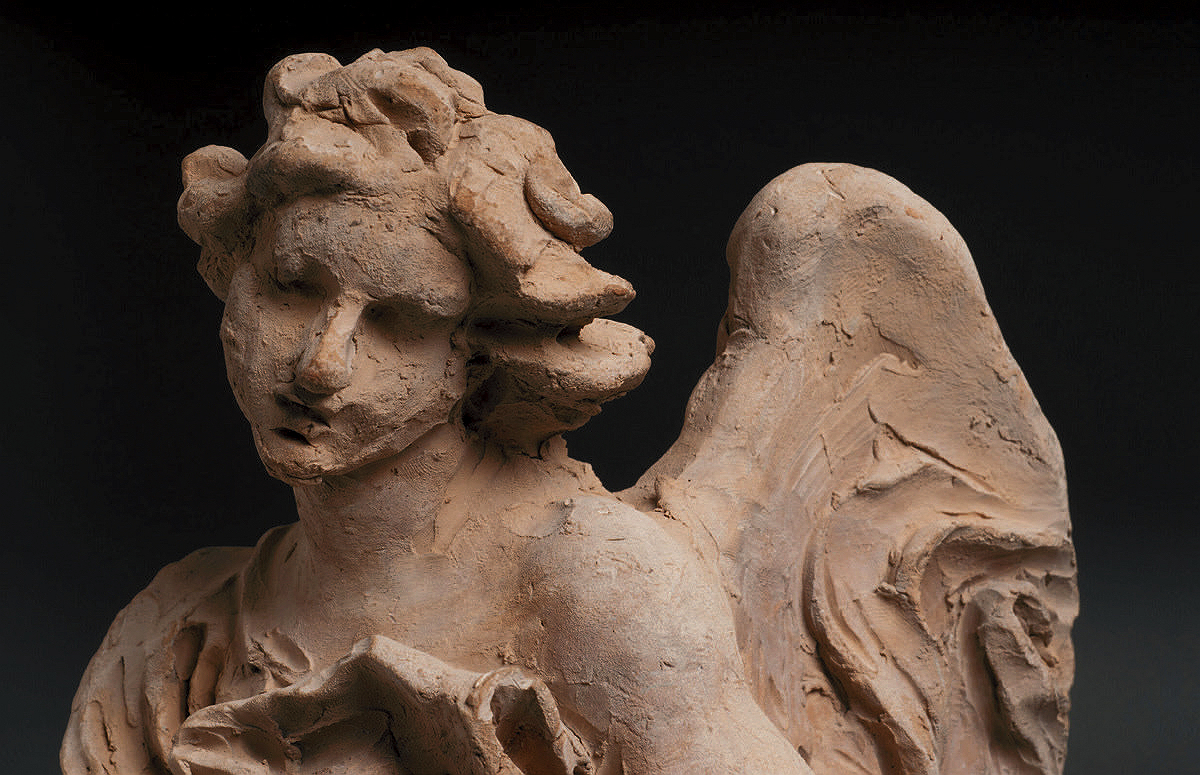
A clay model could be made in a few hours, enabling Bernini to experiment with different poses. In three earlier models for the Altar of the Blessed Sacrament, the figures are half kneeling; in two later ones, they fully supplicate, as do the final bronze sculptures at the Vatican. “We can see him thinking in a plastic way and trying out different solutions,” Sigel says. The models also retain traces of the tools Bernini used to shape the clay. Faint lines within the material, likely made with a kind of ruler, helped with measuring and, eventually, scaling the figures to their final sizes. There is evidence of Bernini’s “idiosyncratic habits,” too, Sigel says—for example, how he pinched together his thumb and forefinger to shape the backs of figures’ necks.
In the figures, viewers can thus see Bernini’s first attempts at translating his ideas into three dimensions—stepping stones between the man himself and the impossibly beautiful works in the Vatican and around Rome. Beyond the insights they offer about the artist’s work practices, the tool and finger marks serve as a reminder of “the humbleness of the material and the means,” Sigel says. “It’s just one person, with a few carved wooden sticks and his fingers, creating these designs out of his head.”
